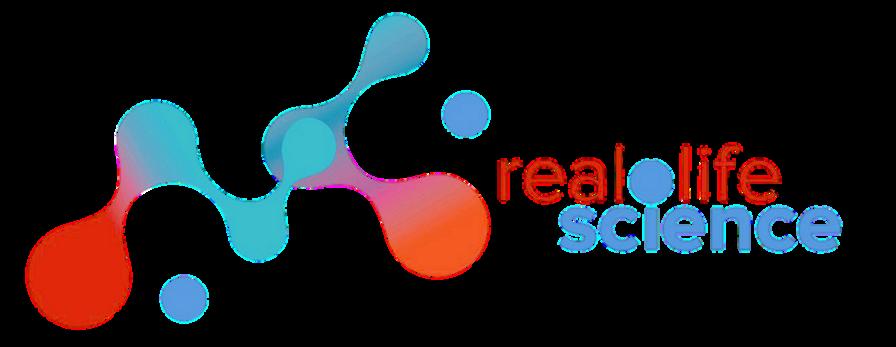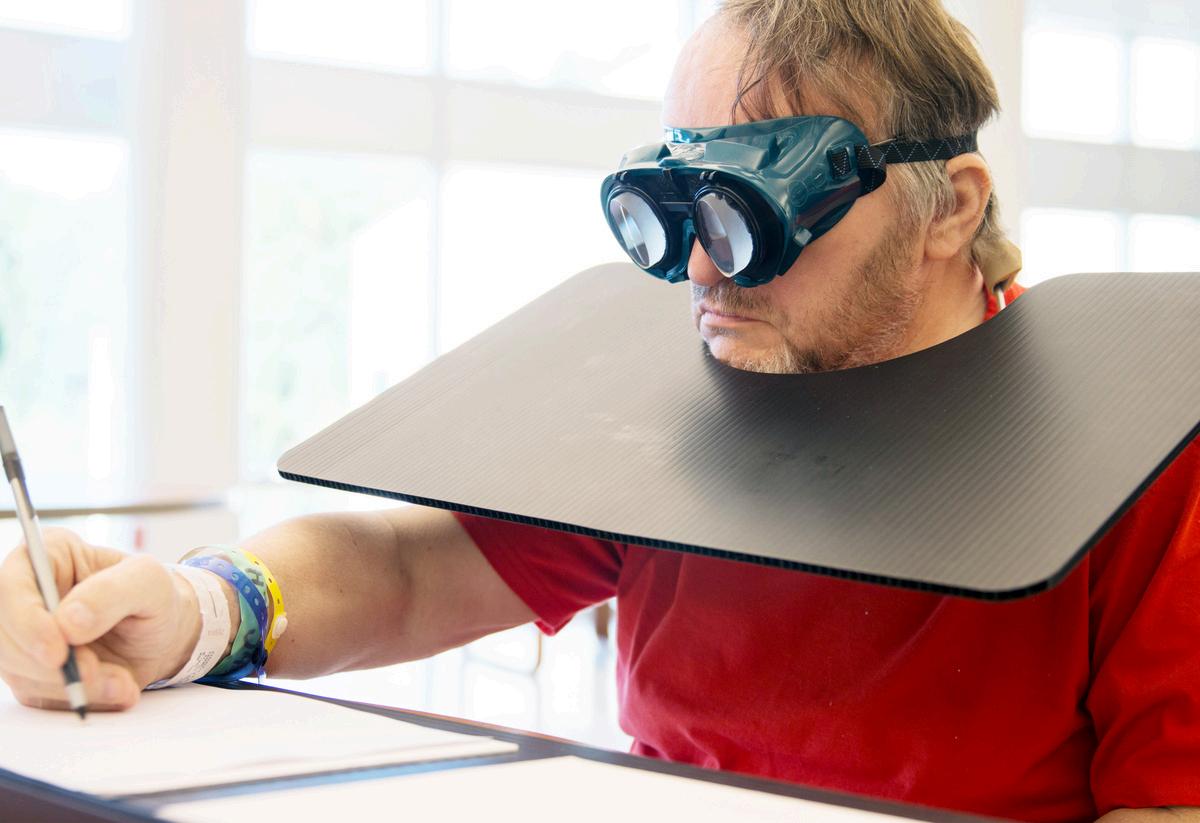

A Deeper Look at Prism Adaptation Treatment
A review of over 20 years of research highlights key factors that influence success with this intervention.

If you’ve had a stroke or brain injury or know someone who has you might have seen signs of spatial neglect. This is a condition where the brain has trouble paying attention to one side of space, depending on the part of the brain injured. As a result, tasks like dressing, eating, or moving around safely can become challenging.
While left-sided neglect after a right-brain stroke is more common, right-sided neglect also occurs in 20 to 25 percent of people after a left-brain stroke.
There is currently no gold standard for how to screen, assess, or diagnose spatial neglect, so it often goes unnoticed. That is why scientists at Kessler Foundation and other centers took a
(Continued, next page)


The key takeaways:
Prism adaptation treatment may help with spatial neglect after stroke, but more research is needed to optimize its use.
Important treatment factors include:
Prism strength
Number of sessions
Aftereffects
Terms to know:
Spatial neglect Trouble noticing one side of space, often after stroke or brain injury.
Prism adaptation treatment A treatment that involves performing simple, repetitive tasks like pointing to visual targets while wearing prism goggles that slightly shift a person's entire visual field to their non-neglected side.


(Continued from first page)
closer look to find out when prism adaptation treatment works best, how it works, and who benefits most.
How does treatment work?
This treatment involves wearing prism goggles that shift the visual field to the non-neglected side. While wearing the goggles, people perform simple, repetitive tasks like pointing to visual targets These repeated actions retrain the motor system to adapt to the shift.
When the goggles are removed, people may briefly reach too far toward the neglected side a sign that the brain is adapting. This cycle of adjustment activates brain regions involved in spatial processing, which can reduce symptoms over time.
Reviewing years of data:
Researchers reviewed prism adaptation treatment research from the first study in 1998 to the present, including 20 clinical trials in recent meta-analyses and several studies using realworld clinical data.
Foundation scientists led these analyses, incorporating data from more than 4,000 individuals treated for spatial neglect at 16 U.S. rehabilitation hospitals.
What researchers found:
Real-world hospital data show that prism adaptation treatment can improve daily function and independence in stroke survivors with spatial neglect
However, clinical trial reviews have shown mixed results, partly due to differences in how treatment is delivered and measured
Important treatment factors include:
Prism strength Stronger prisms seem to be more effective Number of sessions More frequent sessions (at least four) may lead to better outcomes Aftereffects Not all patients respond to treatment Measuring post-treatment movement helps predict who may benefit
Why does this study matter?
Spatial neglect affects at least one in three people after a stroke and can make recovery more difficult. This review provides a roadmap for future research and helps guide how this approach could be used more effectively in everyday rehabilitation.
Learn more:
The full study, “Does prism adaptation treatment reduce spatial neglect and improve function?,” was published in Frontiers in Rehabilitation Science (2025).
The lead researcher was Peii Chen, PhD, assistant director, Center for Stroke Rehabilitation Research at Kessler Foundation.
Visit our website to learn more about the clinical tools that support spatial neglect recovery developed by our scientists.
To read the full study, scan the QR code below or visit:
doi.org/10.3389/ fresc.2025.1539 887.

